5 Creative Home Improvement Ideas to Make Your Home Feel Bigger Without Adding Square Footage
January 8, 2024
Living in Seattle comes with many incredible perks–close proximity to nature, a great food scene, endless activities, and gorgeous views everywhere you turn, just to name a few.
However, this city comes with its own set of challenges, and limited space is a big one.
Seattle homes average just 1,460 square feet (The Seattle Times), a considerable difference from the national median of 2,383 square feet for homes sold in 2022 (US Census Bureau).
If you find yourself among the many transplants from more spacious states, enhancing your home’s sense of space is likely a priority.
The great news is that expanding doesn’t necessarily have to include home additions; this article offers five creative home improvement ideas designed to create the perception of a bigger space.
Open Your Floor Plan
If you want your home to feel bigger without adding any square footage, consider opening your floor plan.
An open floor plan entails knocking down non-structural walls to reduce separation between living spaces. A common outcome of this is minimal separation between the kitchen, dining room, and living room.
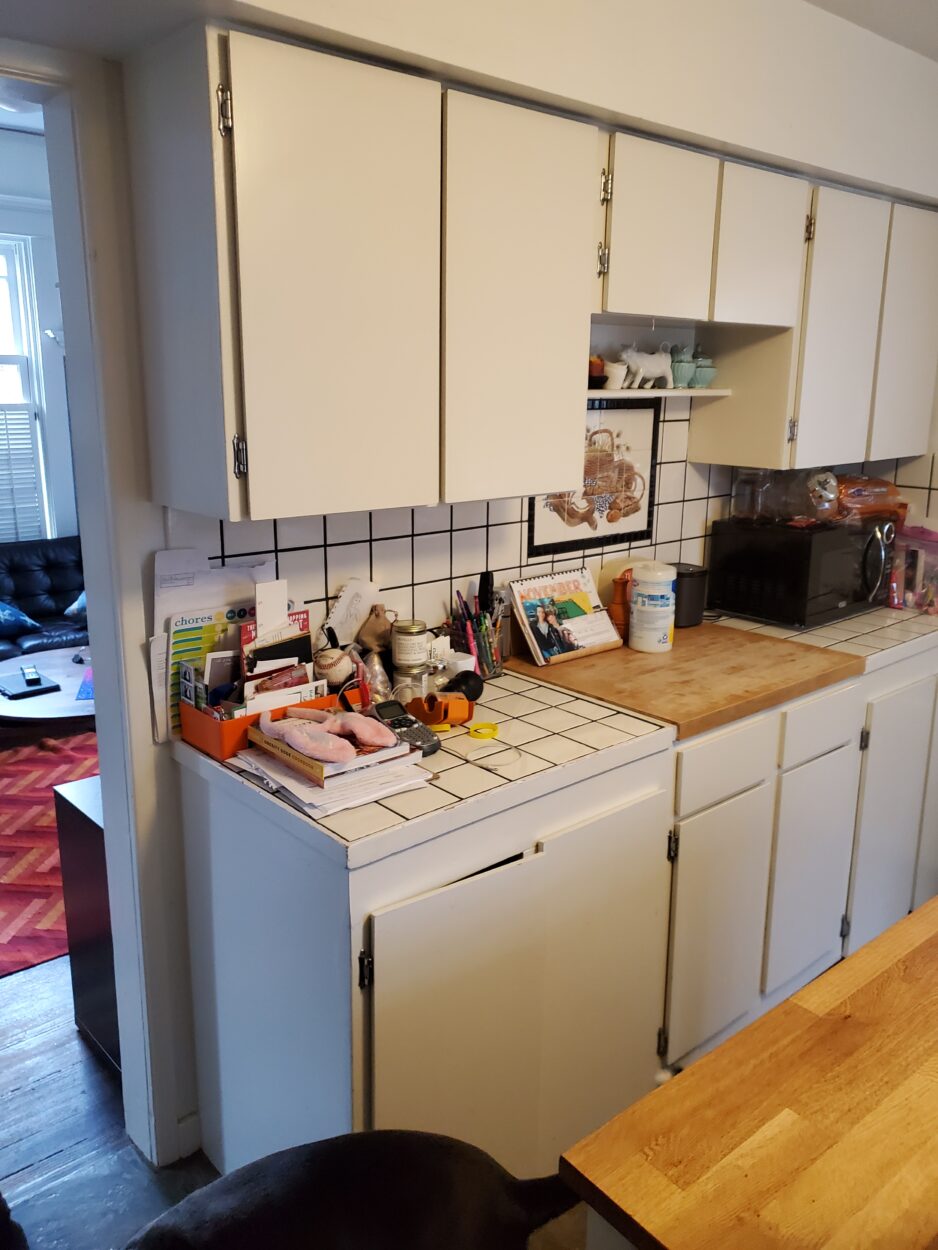
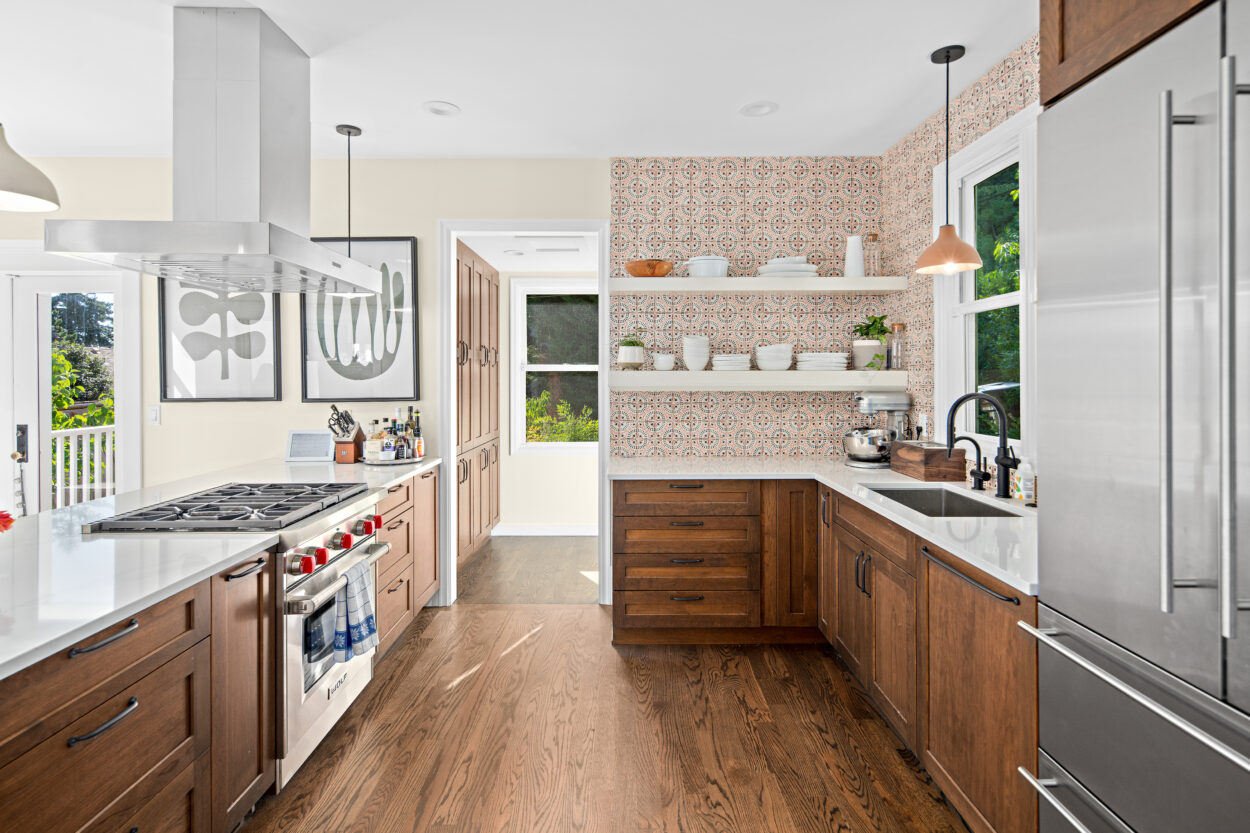
The resulting unobstructed sightline makes living areas feel more expansive and breathable. This is a popular home upgrade in Seattle due to its positive effects on natural light distribution and social flow.
Homeowners with an open plan have the added benefit of increased flexibility in arranging furniture. Strategically positioning tables, seating, and decor can further complement the open floor plan, contributing to an overall sense of spaciousness and functionality.
This home improvement option is more complex than others in this list, but working with a local design-build firm is a great way to open your floor plan. They will be able to ensure your home remains structurally sound and provide you with an optimal layout for both light distribution and social flow.
Install More or Larger Windows
Natural light can be a seasonally rare commodity in Seattle.
Shadows cast by insufficient light sources can cause a sense of shallowness, making your home feel constricting and small. Natural light, on the other hand, can effectively diminish or eliminate shadows and create a perception of openness and airiness.
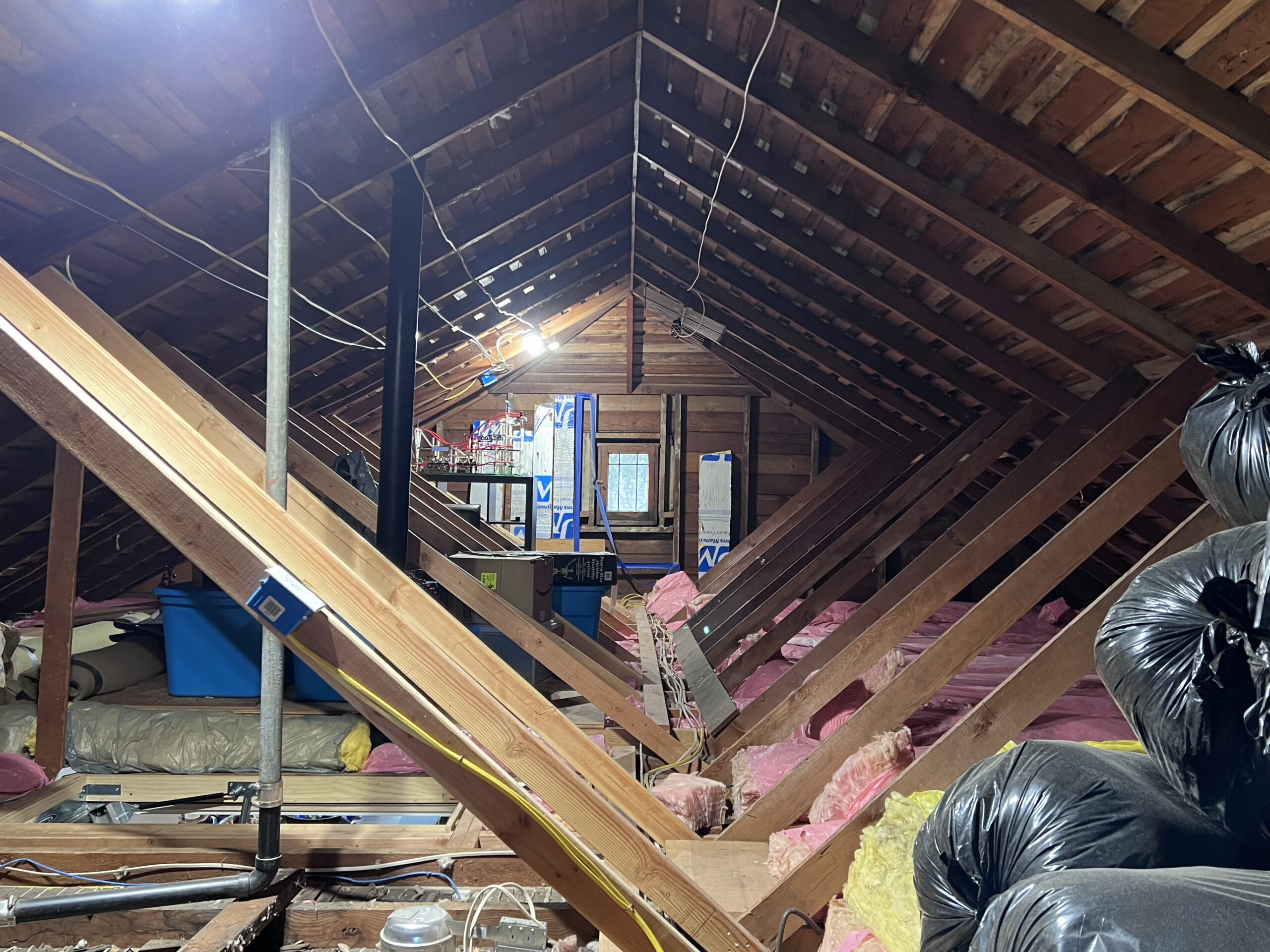
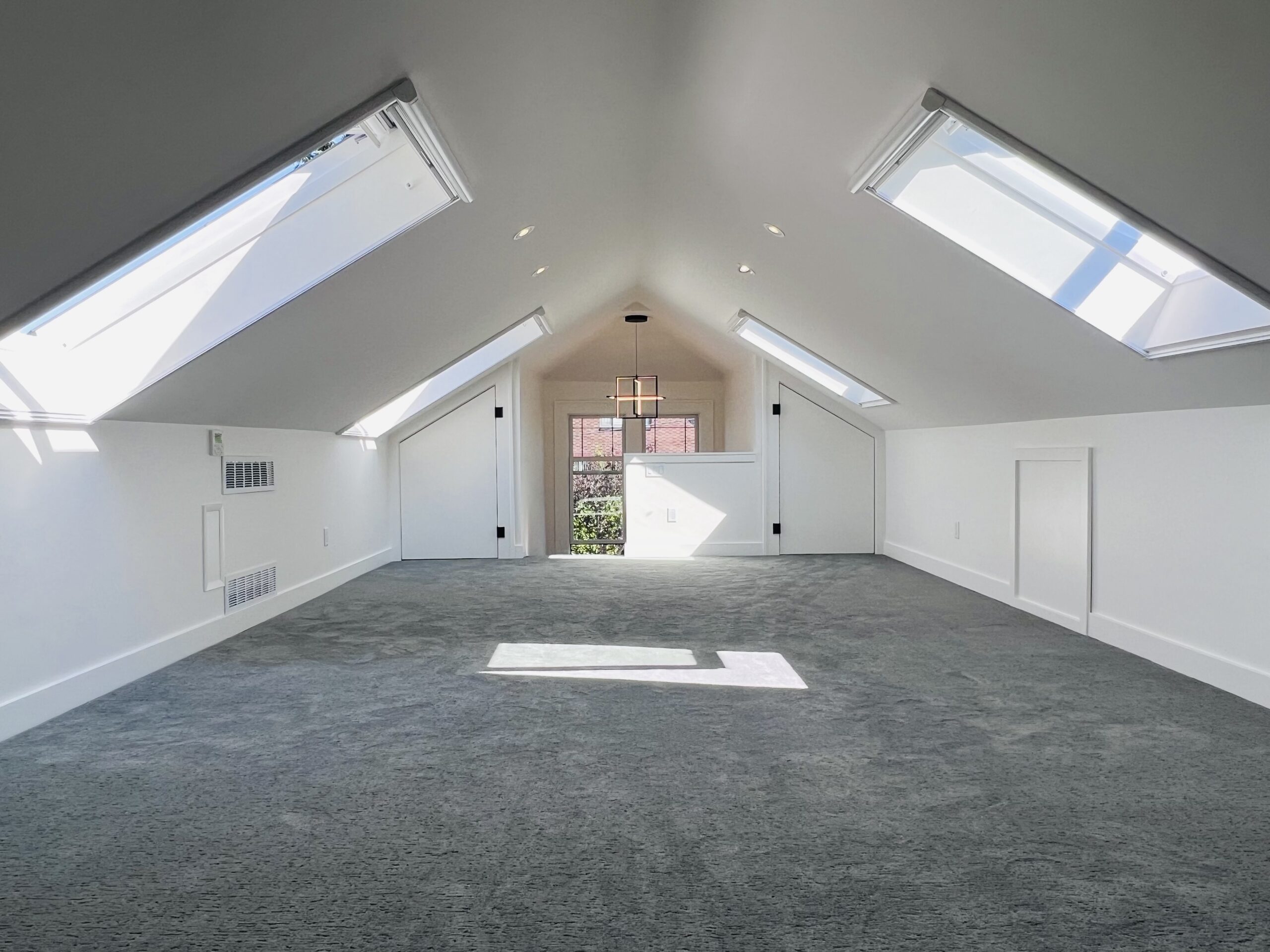
In these photos, for example, you’ll notice the bonus room looks larger after construction. Believe it or not, it’s actually smaller! After framing and drywall, this attic space was a few inches smaller on each side, but the addition of four massive skylights eliminates any sense of claustrophobia. This is a great example of how strategic natural lighting modifications can transform the perceived size and atmosphere of a space.
Beyond its visual impact, natural light has the added benefit of boosting serotonin levels in the brain, enhancing both mood and happiness. More exposure to natural light better equips you to naturally relieve symptoms of the seasonal depression that’s so common in our neck of the woods.
Windows play a pivotal role in this process. They not only allow more light to enter but also create a feeling of openness and airiness by offering views of the outside. This seamless connection between indoor and outdoor spaces minimizes the restrictive feeling of home boundaries (walls), contributing to a larger and more welcoming atmosphere
Widen Door Frames
When we say “visual clutter,” your mind might immediately jump to the pile of mail on your counter, the collection of shoes by the front door, or even the various knick knacks accessorizing your tables and shelves.
It may surprise you to learn that narrow door frames and busy door casings can also contribute to visual clutter in your home. Beyond that, they can create feelings of constriction and confinement as you move from room to room.
Much like open floor plans, wider door frames with simple casings facilitate better and broader distribution of natural light. This home improvement project not only adds to the sense of airiness but also creates a seamless continuity throughout your space.
Additionally, you may consider removing non-essential doors altogether, enhancing the aesthetic flow and contributing to a spacious atmosphere within your home.
Raise Rooflines & Ceilings
Few home elements contribute more to a sense of constriction than a low ceiling height.
According to Seattle building code, hallways and living spaces must have a ceiling height of no lower than 7 feet 6 inches. Depending on your standing height, this leaves only a foot or two of space above your head–creating a recipe for claustrophobia.
If you’ve ever stood in a room with 15-foot, or even 10-foot, ceilings, you’re aware of how much more liberating it feels. The ability to breathe and move freely becomes apparent, even if the square footage of the floor remains unchanged.
This phenomenon is rooted in psychology, where people often associate taller spaces with a sense of freedom and grandeur, contributing to an overall perception of spaciousness. It’s not just about feeling physically smaller; the increased vertical space draws the eye upward, creating the impression of a more expansive living area.
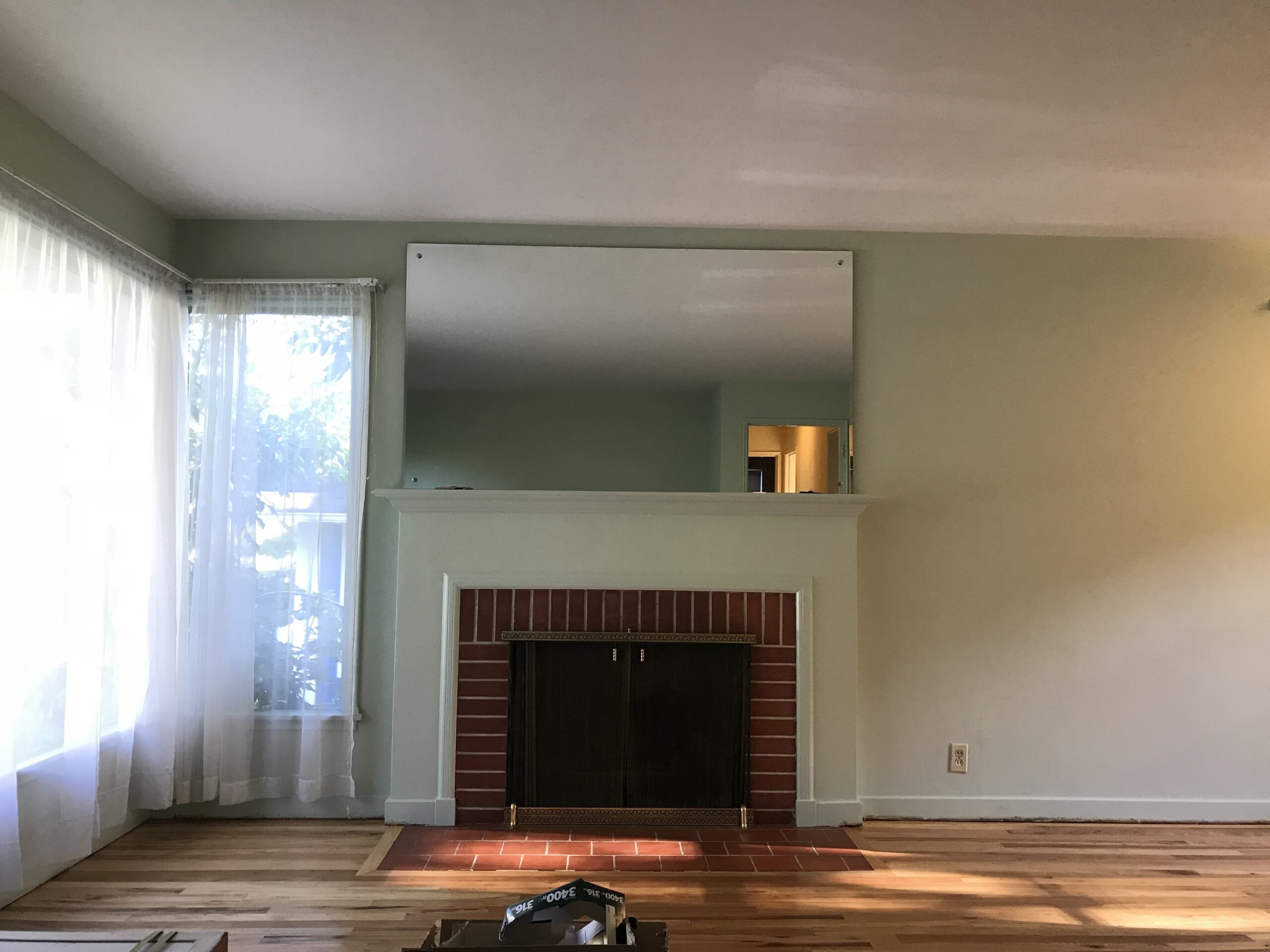

Raising your roofline and elevating the interior ceiling height mitigates the negative sensations of constriction and has proven to be an excellent solution for those who can’t or don’t want to add square footage to their homes. While this is a more expensive and labor-intensive home improvement project, we promise it is worth it.
If you’re considering raising rooflines and ceiling height, be sure to search your local zoning restrictions. In Seattle, for example, it’s common to see such restrictions in residential areas. A qualified local design-build firm can ensure that your residential construction project is completely up to code.
Paint Your Space
Color theory is an intriguing consideration when planning a residential remodel.
If you’re not ready for a full-scale construction project, strategically choosing the right colors and their placement in a painting home improvement project provides a cost-effective option to make your space feel bigger.
“Color can shape the mood and ambiance of any room. There are also many ways to play with color to achieve your desired outcome. Think about the trim, windows, and doors in a house. While the conventional choice is to opt for white, consider matching those details to the color of your walls in a glossier, more durable sheen. This choice not only adds sophistication but also creates a sense of expansiveness, resulting in a more bespoke outcome for your space.”
Sadie, Harjo Designer
The paint color itself can also impact the perceived space of a home. Lighter and cool-toned paint colors have the tendency to brighten and expand a living space, while dark and warm-toned choices add a sense of coziness and intimacy to your home.
Check out this Forbes article that lists several great colors for brightening your space.
In addition to the color you choose, the placement of the paint in a room significantly influences how the space is perceived. You can see in the infographic below that adding color to different combinations of the ceiling and walls can dramatically transform how spacious a room appears.
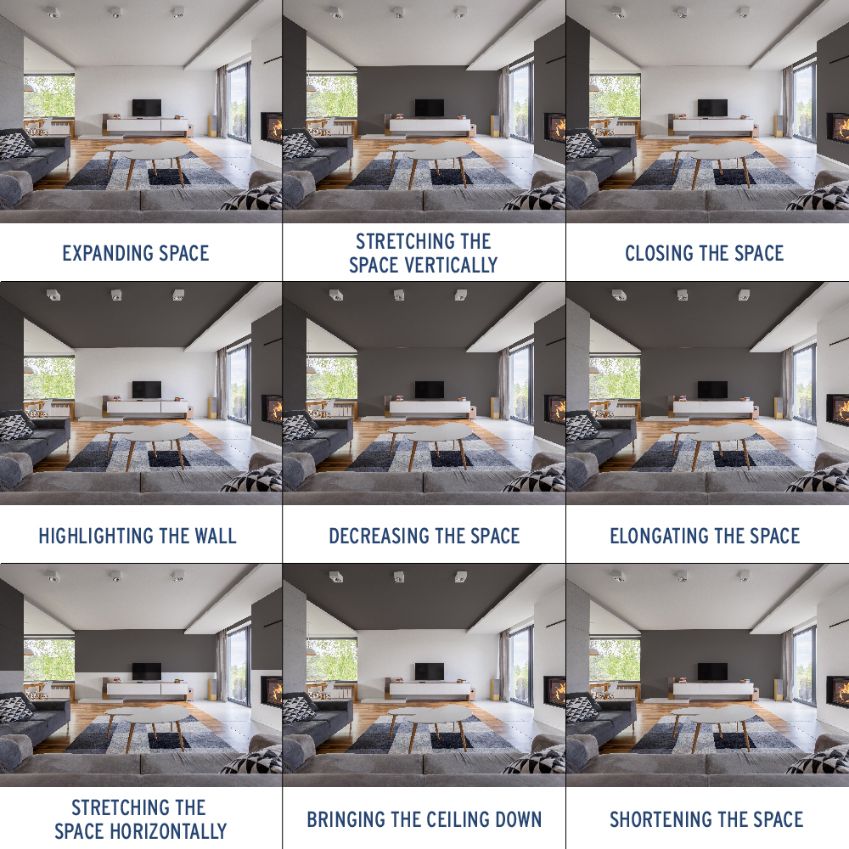
The dual consideration of color and placement allows you to tailor your home’s atmosphere to your preferences, making it feel more open, bright, and welcoming. Home improvement at its finest.
While you might not have the option to move into a larger house or add square footage to your current home, living with a space that feels small and constricting isn’t your only choice.
Whether you’re looking for something simple and low maintenance, such as a fresh coat of paint, or a more complex construction project like knocking down walls or raising roof lines, you have the power to add perceived space to your home.
If you’re looking for the perfect Seattle design-build firm to help transform your confined house into an open and airy dream home, we are ready to talk! Get in touch with us today.